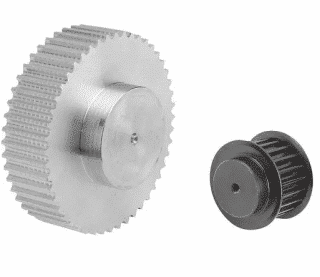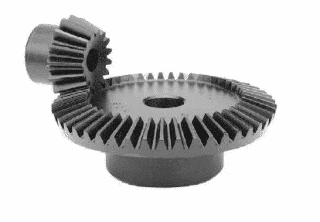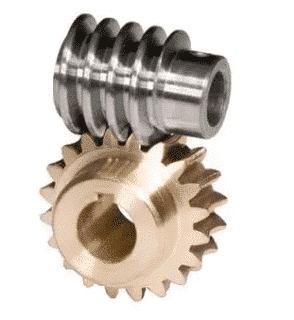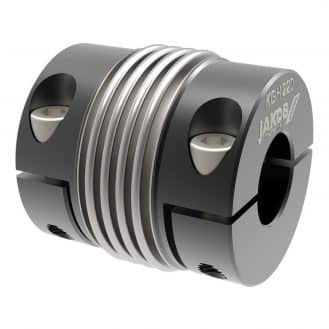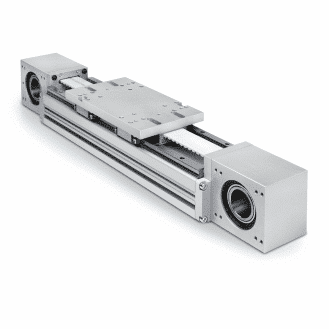Gear teeth can be of various types, namely straight, helical, or herringbone.
Straight-toothed gears
These are the most common. They have teeth parallel to the axis of rotation. They are fairly easy to manufacture, which explains their use in most mechanical applications. Their main drawback is that they are very noisy.
Helical-toothed gears
The helical teeth are oblique to the axis of rotation. In these gears, the number of teeth in contact is constant.
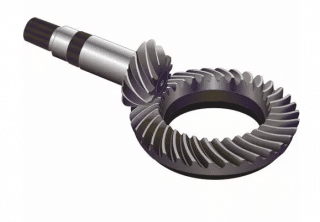
Helical bevel gears
This system has the advantage of generating fewer vibrations and therefore less noise. In addition, as the teeth are arranged diagonally, they have a greater face width than the width of the wheel and can therefore transmit higher forces. However, the manufacture of these gears is much more complex, which makes them more expensive.
Herringbone-toothed gears
Herringbone gears are made up of two rows of helical teeth of identical dimensions in a V-shape, i.e. with opposing helices. The double helix has the advantage of canceling out the axial load generated by the inclined teeth. However, like simple helical-toothed gears, they are complex to design and manufacture and therefore cost more than other types of gears. Industries such as the aeronautical industry use herringbone gears.

